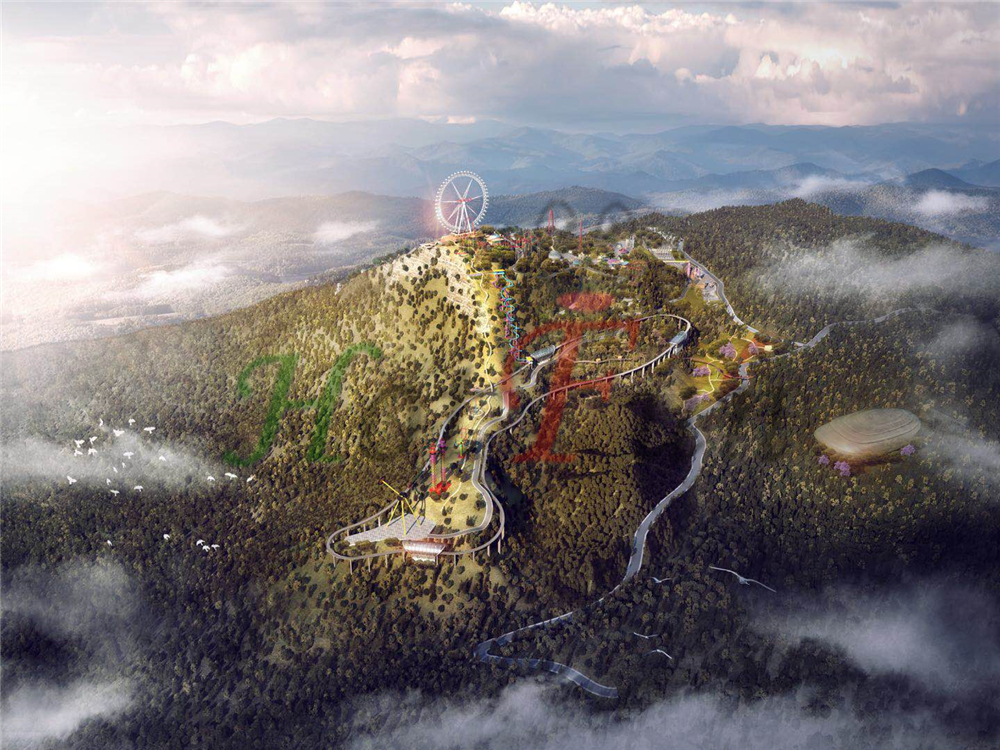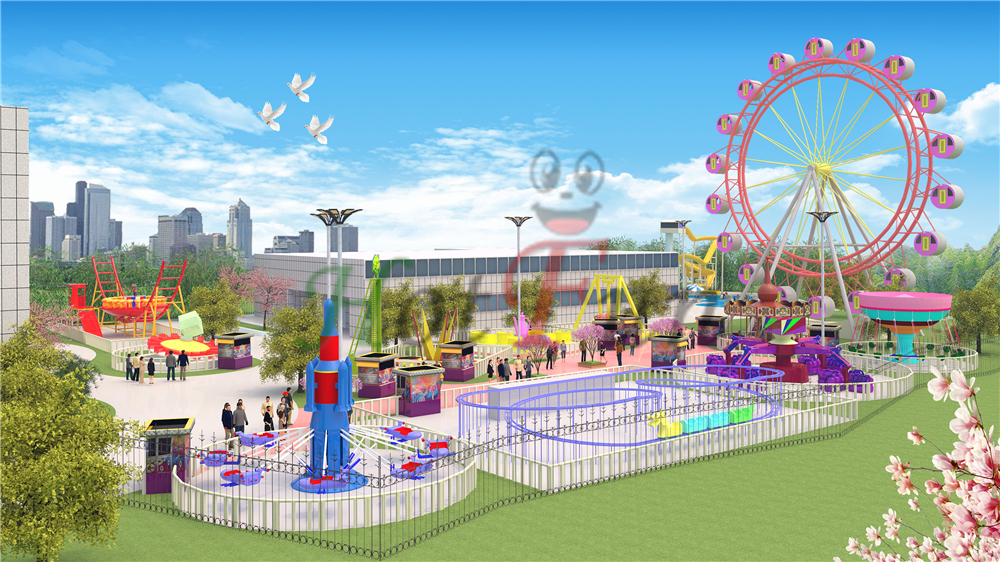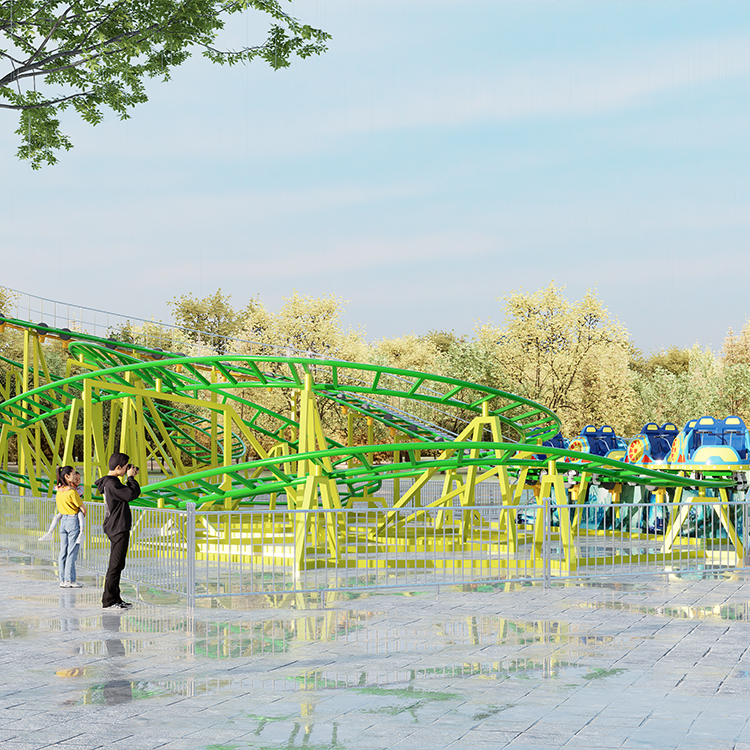High Quality Products & Services for Your Business
How to Build a Park: A Step-by-Step Guide
Creating a park is a wonderful way to enhance community space, promote outdoor activities, and provide a refuge for wildlife. Here’s a step-by-step guide on how to build a park effectively.
Step 1: Identify the Purpose and Vision
Before starting, determine the purpose of the park. Is it for recreation, nature conservation, or community gatherings? Engage with local residents to gather ideas and feedback. A clear vision will guide all future decisions.

Step 2: Choose the Location
Selecting the right location is crucial. Consider factors like accessibility, environmental impact, and proximity to residential areas. Ensure the land is suitable for development and check for any zoning restrictions.
Step 3: Conduct a Site Analysis
Once a location is chosen, conduct a thorough site analysis. Assess the terrain, soil quality, existing vegetation, and wildlife. This will help in planning the park’s layout and ensuring minimal disruption to the ecosystem.
Step 4: Design the Park Layout
Create a design that incorporates various features such as walking trails, playgrounds, picnic areas, gardens, and sports facilities. Include natural elements like trees and ponds. Ensure the design promotes safety and accessibility for all users.
Step 5: Develop a Budget
Estimate the costs involved, including land acquisition, construction, landscaping, and maintenance. Look for funding sources, such as local government grants, community fundraising, or partnerships with local businesses.
Step 6: Obtain Necessary Permits
Before beginning construction, obtain all required permits from local authorities. This may include environmental assessments and building permits. Engage with the community to keep them informed and involved in the process.
Step 7: Begin Construction
With permits in hand and funding secured, begin construction. Hire a reliable contractor and ensure that all work meets safety and quality standards. Regularly monitor the progress and make adjustments as needed.

Step 8: Landscape the Park
Once the main structures are in place, focus on landscaping. Plant trees, shrubs, and flowers that are native to the area. Create open spaces and incorporate features like benches, water fountains, and signage to enhance the park’s usability.
Step 9: Plan for Maintenance
A park requires ongoing maintenance to remain safe and enjoyable. Develop a maintenance plan that includes regular inspections, landscaping, cleaning, and repairs. Consider forming a community group to help with upkeep.
Step 10: Host a Grand Opening
Once the park is ready, organize a grand opening event. Invite the community to celebrate the new space. This can include guided tours, activities, and entertainment, encouraging residents to engage with their new park.
Conclusion
Building a park is a rewarding endeavor that brings countless benefits to a community. By following these steps, you can create a space that fosters connection, promotes health, and supports the environment for years to come.
Related recommendations
-
Forging Global Landmarks of Joy: How We Turn Imagination into Reality to Create World-Class Immersive Attractions
327In every corner of the globe, theme parks play a unique role—they are fantastic realms for escaping the everyday, igniting passion, and creating treasured memories. As the engineers behind this magic and a leading global supplier of large-scale am...
View details -
Innovative Mechanical Rides for Modern Amusement Parks
342In today’s evolving amusement landscape, large-scale mechanical amusement rides have become essential assets for theme parks, destination resorts, and urban entertainment centers. These rides provide not only thrilling experiences, but also play a...
View details -
Red Flags to Avoid When Choosing an Amusement Facility Supplier
166Discover the warning signs to watch out for when choosing an amusement facility supplier. Learn how to avoid hidden costs, unsafe rides, and unreliable contracts with expert tips.
View details -
How to Choose the Right Carousel Rides for Your Amusement Park
248Discover how to choose the right carousel rides for your amusement park. Learn key factors, pricing, safety standards, and why HOTFUN is your trusted supplier.
View details
 chinaparkrides
chinaparkrides






Leave a Reply